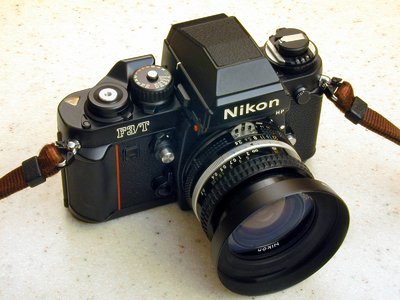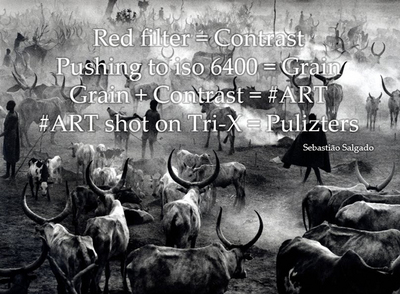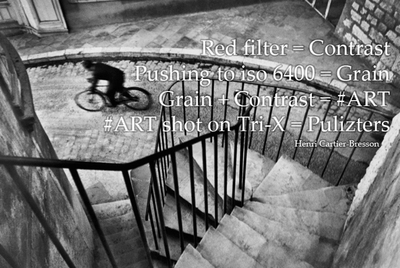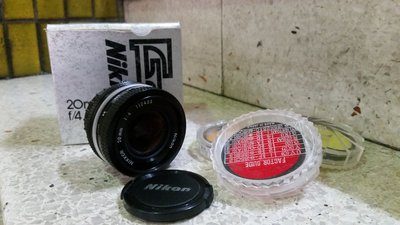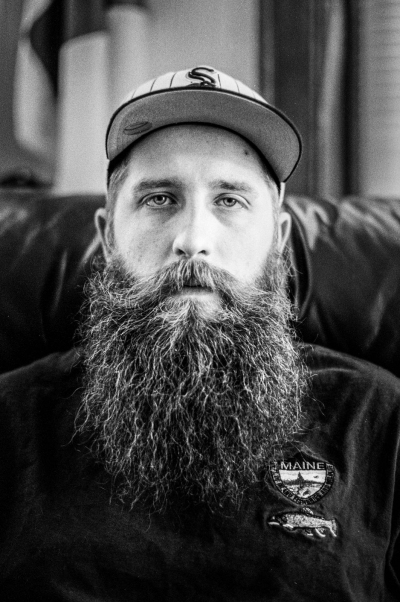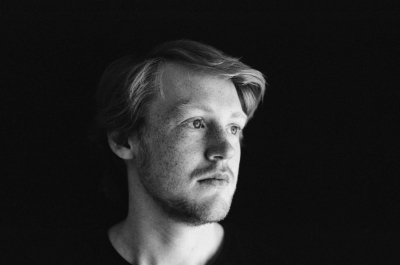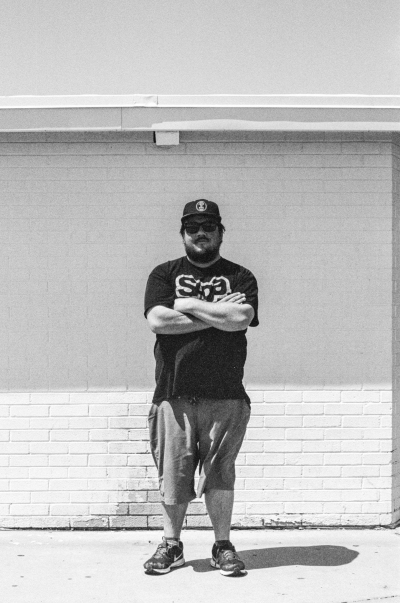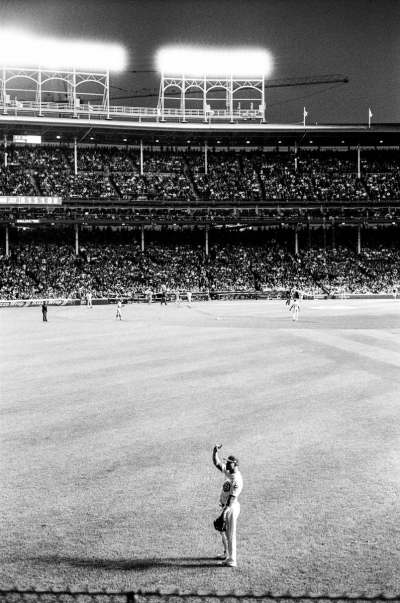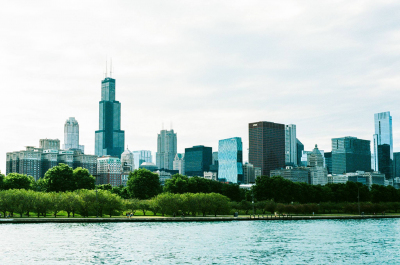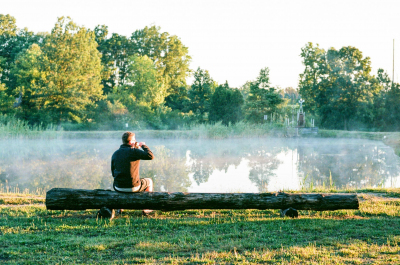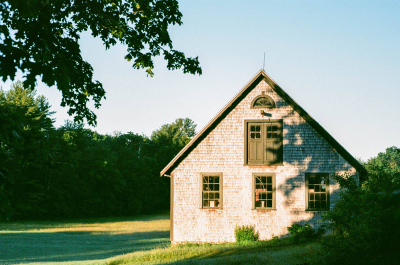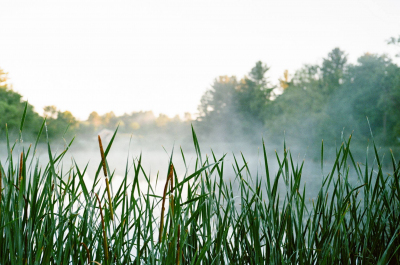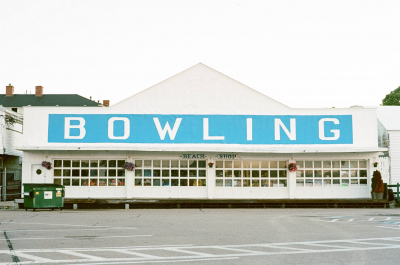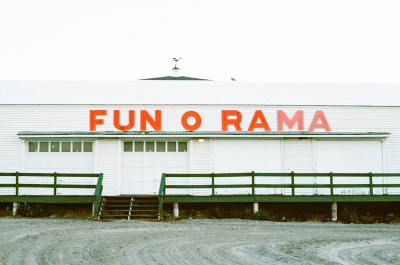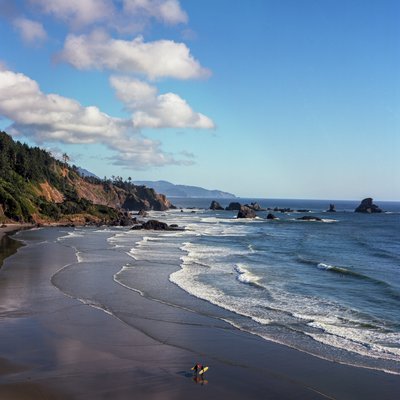rballs_Hey guys! Yesterday I just picked up a Pentax SP1000 with a 55mm 1:2 and a 135mm 1:3.5 as my first film camera. I just had questions about some things!
1. What would be good black/white and color film to use? What sets apart "good', expensive film from "bad", cheap film?
2. Wasn't able to find anything on web for this: What battery will fit and work in my Pentax SP1000? Where can I find one?
3. What are some do's and don'ts of film photography? (Camera care, camera settings, etc.)
4. I have a red filter, yellow filter, and green filter for black and white film, should I use them? What difference do they make?
5. What places are good to get film developed? Is "at-home" developing "better"?
6. Can I make a digital copy of my film to post online with an at-home printer/scanner?
Thanks! +K to helpful advice!
1. I am a big fan of Kodak Portra for color negative, Fuji Velvia for slide (or color positive), and the Ilford Delta as well as Fuji Acros films for black and white. The difference between expensive films and cheap films is generally their dynamic range, grain characteristics, and color rendition. Better films have better color overall and better detail in highlights and shadows (with the exception being slide film, but if you're just learning i'd stay away from slide for a little while because if you don't get your exposure dead on you're pretty much fucked.
2. Looks like you need a MRB400
https://www.amazon.com/Weincell-MRB400-Z400PX-EPX400-Battery/dp/B005AWSJLK
3. Do experiment with different films to see what you like. Do try overexposing slightly to increase shadow detail. Do shoot as much as you can reasonably afford to. Do make sure your leader has caught the first few times you load the camera, nothing sucks more than getting a blank roll back from the lab because your film didn't advance. Don't rely on your cameras light meter alone for exposure at first, with older cameras the meters are often off to some degree. Check the meter against one of the free phone apps or a digital camera if you have one to figure out how accurate it is. Do support your local camera store and photo lab, they're dying off quickly and it will be a sad day if film dies because no one can afford to process it commercially.
4. Color filter influence contrast and light transmission in different ways. Red filters are useful when shooting in Bright sunlight in order to darken the sky. Here's Ilford's write up on it:
http://www.ilfordphoto.com/aboutus/page.asp?n=45 The role of filters in film photography (color and black and white) is important and something that is well worth your time to read up on.
5. Support your local lab if you have one. Home developing black and white is super easy, color a little more difficult but not to much. I do my black and white at home and my color at the lab I work at. If you do decide to home develop I'd recommend starting with black and white to get a good understanding of the process.
6. You need a scanner that has the ability to backlight your film in order to scan it. A good basic starting point would be an Epson v600. You should also be able to have your film scanned at time of developing if you do have a lab process it.
Most importantly shoot as much as you can because there's no other way to get better.










